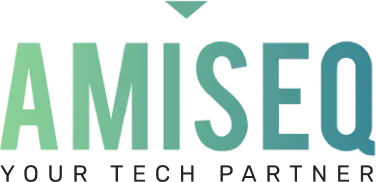Successful automation initiatives require careful strategic planning and superb tactical execution. Strategic success starts with the crafting of an automation roadmap considering automation strategy, automation technologies, automation program governance, automation operating model design, automation people enablement and bot development/support.
Tactical success is grounded on a strong understanding of the applicability of automation in your business, budgeting for the Total Cost of Ownership, computing the business case returns, leveraging applicable automation methodologies and solving specific business problems.
Executive teams and their business and technology leaders recognize the Total Cost of Ownership as a key success factor for their automation program and focus on budgeting for and managing these costs during the automation initiative to maximize returns.
The main components of the Total Cost of Ownership are:
- Development and Deployment Costs
- Licensing Costs
- Add-on Solution Costs
- Maintenance and Support Costs
- Training Costs
- Assessment and Consulting Costs
- Infrastructure Setup Costs
Let’s look at this cost component more closely and identify key insights to consider.
Add-on Solutions
Add-on solution costs include every additional software or related component required to complement your automation project. Depending on the project requirement, it can include an intelligent document processing solution, an analytics platform (to keep track of the bots, performance, and ROI) and a process discovery tool. Others include automation of operations processes with IoT ecosystems, AI-infused decisioning tools and digital assistants offering an additional channel to the RPA platform.
Automation leaders must consider the type of add-on solution necessary, the enterprise RPA software provider and the specific solution selected. The broader the add-on solution requirements the more likely the solution is not already integrated resulting in the need to spend more on deployment and maintenance.
Add-on solution costs equate to roughly 4% to 17% of the Total Cost of Ownership.
In conclusion, successful automation initiatives require careful strategic planning and superb tactical execution. Tactical success is grounded on a strong understanding of the applicability of automation in your business, the Total Cost of Ownership, the business case (ROI), automation methodologies and business problems to be solved.
Tackling these cost drivers will move your organization’s automation initiative forward, speed up implementation, reduce automation costs, address technology challenges and improve returns from the average, 24%-29%, to the extraordinary, greater than 110% across three years.
Amiseq’s Intelligent Automation practice can help you make sense of the Total Cost of Ownership. Learn more at www.amiseq.com or register for one of our Making Sense of the Total Cost of Ownership webinars on our LinkedIn page. If you find this article insightful, please share, comment or like.
Author: Derek M. D’Onofrio | Director, Client Relations – Amiseq Intelligent Automation


